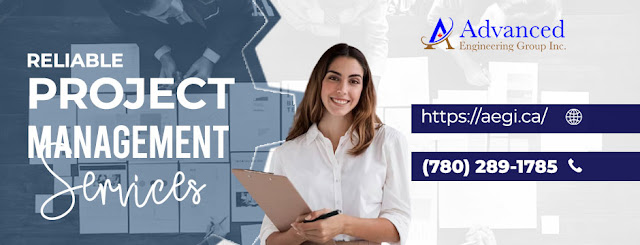Everything to Know about Engineering Drawing Consultants
A type of technical drawing is an engineering sketch. The objective is to deliver all the information required for producing a product or component that is done by engineering drawing consultants. Standardized terminology and symbols are used in engineering drawings. Because of this, it is easy to understand the drawings, and there is little to no room for personal interpretation. So, let's examine the various line and view types that you will encounter in engineering.
Purpose of Engineering Drawings
As was already mentioned, a technical drawing like this contains all the
information needed to fabricate a part, weld it, and construct an assembly.
Dimensions, part names and numbers, and other information are included.
Therefore, as soon as a manufacturing engineer receives the drawing, he can
initiate production without hesitation.
To minimize misunderstandings, we need to take a moment and speak to our
own clients first. Our system does not require any designs for the ones you
submit for fast pricing and manufacture. In the same way, 3D models do too. All
the information required to make your product is included in the CAD files and
drawings created using our design recommendations. Only if you want to specify
tolerances do we request a drawing.
How to Make Drawings?
A few decades ago, you would have needed to sit at a drafting board
surrounded by various-sized sheets of paper, rulers, callipers, etc. These
tools are still effective for hand drafting, although no modern company
requires such designs.
Why? Because most machinery uses CNC systems, which can produce cutting
programmes by directly reading information from files. Hand-drawn blueprints
would only increase the manual labour required by manufacturing engineers.
These engineers are trained by engineering
courses in Alberta.
Different Types of Lines
In an engineering drawing, not all lines are created equally. Thanks to
the various options, it can display centre lines, hidden and visible edges of a
part, and more.
- A
continuous line, commonly referred to as a drawing line, is the most
typical. This depicts an object's actual bounds. Simply put, these lines
are used to draw objects. The outer contour uses thicker lines, while the
inner contour uses thinner lines.
- A
continuous line, commonly referred to as a drawing line, is the most
typical. This depicts an object's actual bounds. Simply said, these lines
are used to draw things. The outside contour employs bigger lines, whereas
the inner contour uses smaller lines.
- Extension
lines indicate the object of the measurement. The measurement is on top
(or inside, as shown in the image above) of the dimension line, which has
two arrowheads between the extension lines.
- To
display holes and the symmetrical characteristics of parts, use centre
lines. A drawing can have fewer dimensions and be more aesthetically
pleasing, which makes it easier to read.
Final Thoughts




Comments
Post a Comment